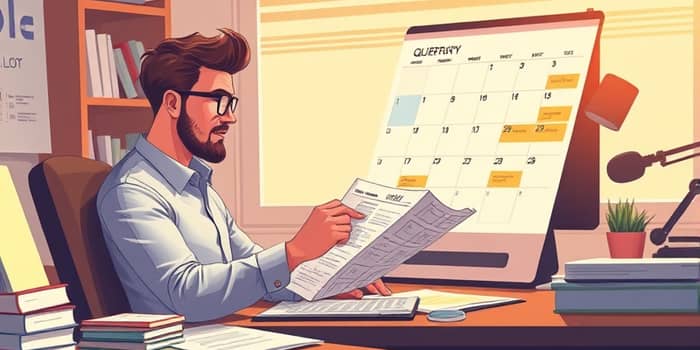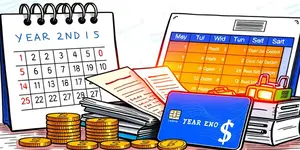
Managing your own business is empowering, but without proper planning you can face unwelcome surprises come tax time. By staying proactive and informed, you ensure stability and peace of mind throughout the year.
As a self-employed professional, you manage every aspect of your earnings. Unlike traditional employees, you won’t have an employer withholding Social Security, Medicare, or federal income tax from your paycheck. You must take control of your cash flow and ensure the IRS receives timely payments.
Quarterly estimates help you avoid a large, unexpected bill at the end of the year and reduce the risk of avoid unnecessary penalties and interest. By budgeting for taxes throughout the year, you maintain direct control over your finances and build a sustainable financial foundation.
Generally, estimated tax payments are required if you expect to owe at least $1,000 in federal taxes after withholding and refundable credits. Key groups include:
If your withholding and credits fall short of 90% of your current year’s tax or 100% of last year’s liability (110% for higher-income filers), the IRS will assess penalties. These requirements ensure consistent contributions and can apply even in your first year of entrepreneurship.
Staying aware of quarterly deadlines is crucial. Missing a payment date can trigger penalties and compounding interest costs over time. Below is an overview of the 2025 quarterly due dates:
Mark these dates well in advance and set reminders. Early preparation gives you flexibility and prevents last-minute rushes.
IRS Form 1040-ES is your primary tool for estimating taxes. It includes a worksheet that guides you through projecting your adjusted gross income, taxable income, self-employment tax, and available deductions or credits.
There are two common methods:
For self-employed filers, remember to include self-employment tax when your net earnings exceed $400. If you overestimate, you’ll receive a refund or can apply the excess to future quarters. Underestimating can lead to surprise balances and penalties at year-end.
You have several convenient payment options. Choose the method that aligns with your habits and schedule:
Each approach offers flexibility. Automated systems can save time, while manual mail-ins provide a tangible record. Select what feels most reliable to you.
Failing to pay sufficient estimated taxes can result in penalties. The IRS calculates fees based on the underpayment amount, the duration of the shortfall, and interest rates in effect. Interest accrues on both unpaid taxes and penalties, amplifying your liability if left unaddressed.
By paying at least 90% of your current year’s projected tax or 100% of last year’s (110% for those with >$75,000 AGI single, >$150,000 joint), you qualify for the IRS “safe harbor” and avoid most penalties.
Starting estimated tax payments can feel daunting. Use these strategies to build confidence:
Maintain consistent record keeping and review – Track income and expenses weekly or monthly.
Set aside a fixed percentage of each payment – 25-30% of gross income is a common rule of thumb.
Use accounting software or apps – Automated tools reduce errors and save time.
Certain professions and circumstances have unique rules:
Farmers and fishermen can pay all estimated taxes by January 15 of the following year without penalty, provided at least two-thirds of their income is from these activities. Household employers and high earners may face adjusted safe harbor thresholds (110% of prior year’s tax). Always verify eligibility before adjusting your payment plan.
Embracing estimated tax payments is more than a legal obligation; it’s a powerful step in financial empowerment. By planning ahead, you take charge of your financial destiny and foster sustainable growth.
Consult a professional if your situation grows complex, but trust in your ability to learn and adapt. Each timely payment you make reinforces your foundation and aligns you with long-term success. With awareness and discipline, estimated taxes become a routine that propels you forward—rather than a fear to avoid.
References













